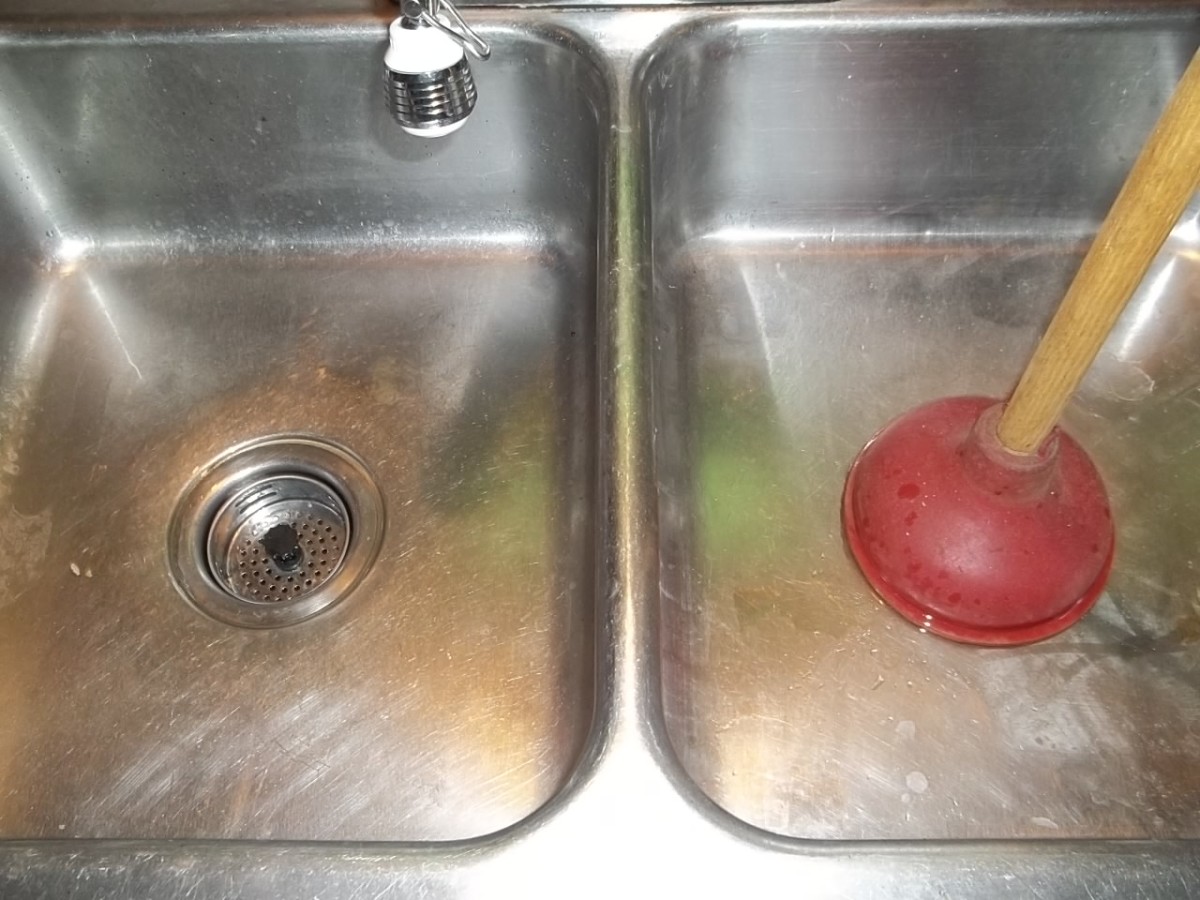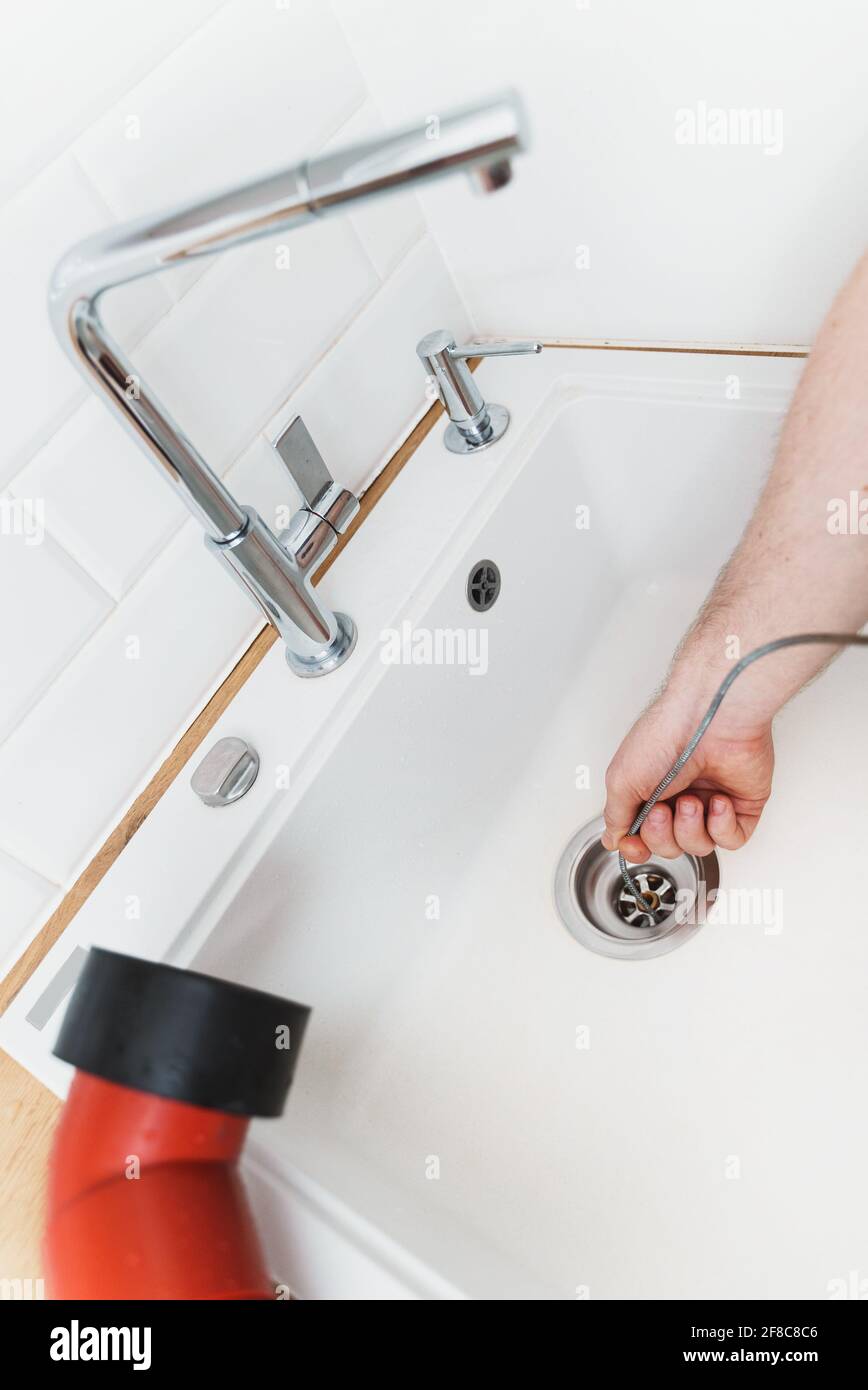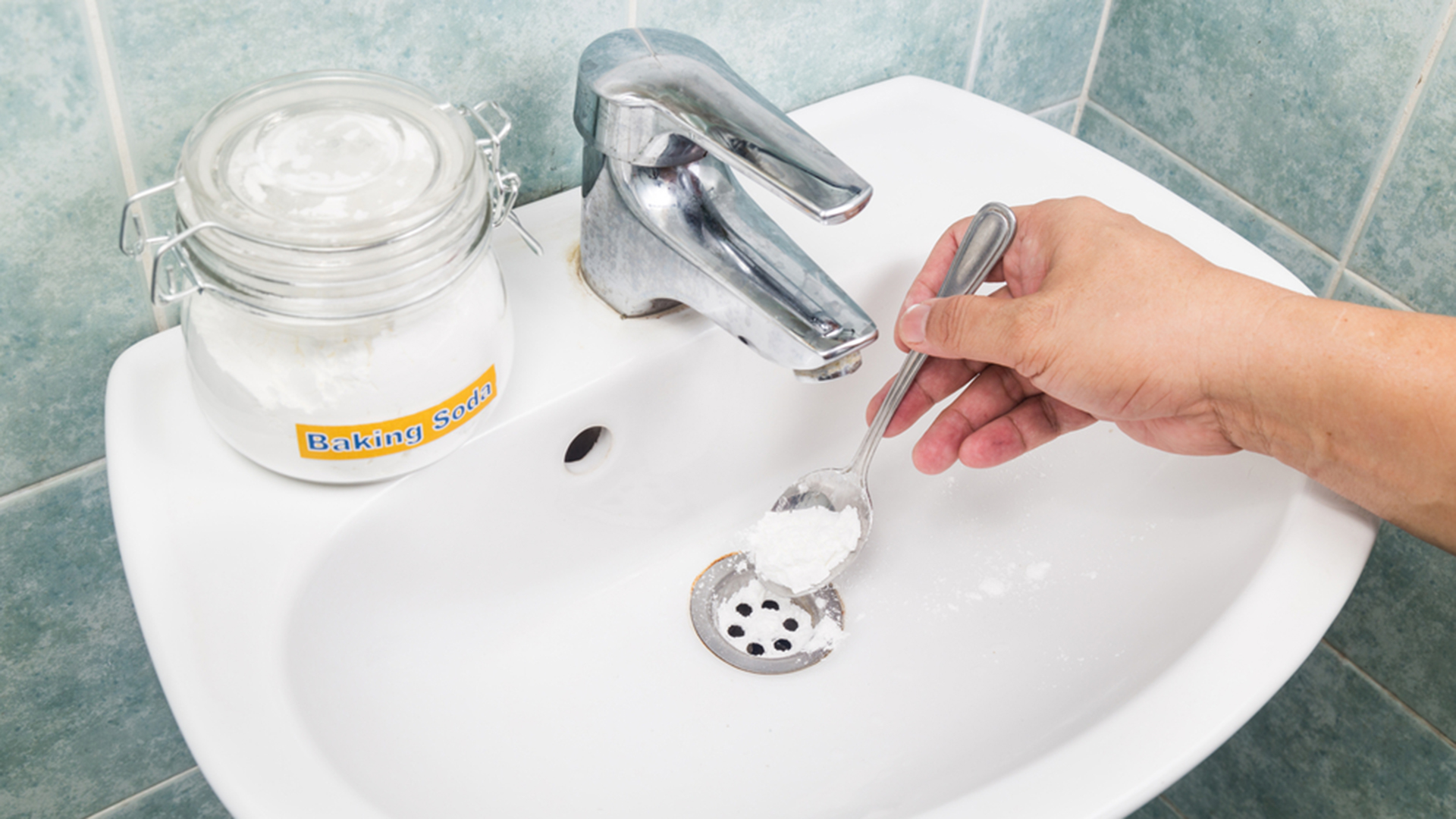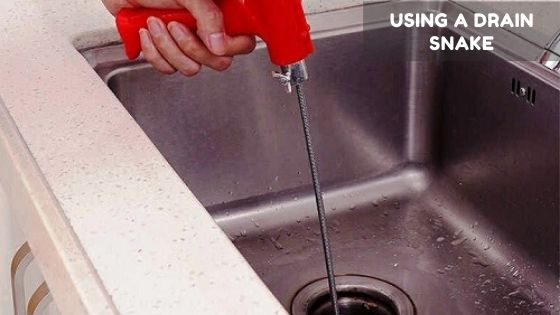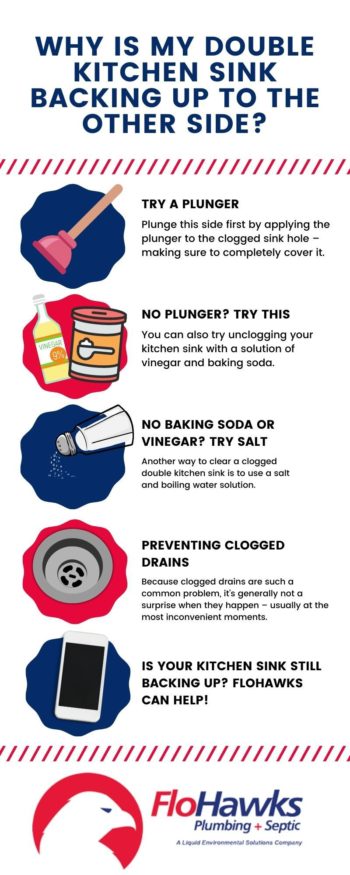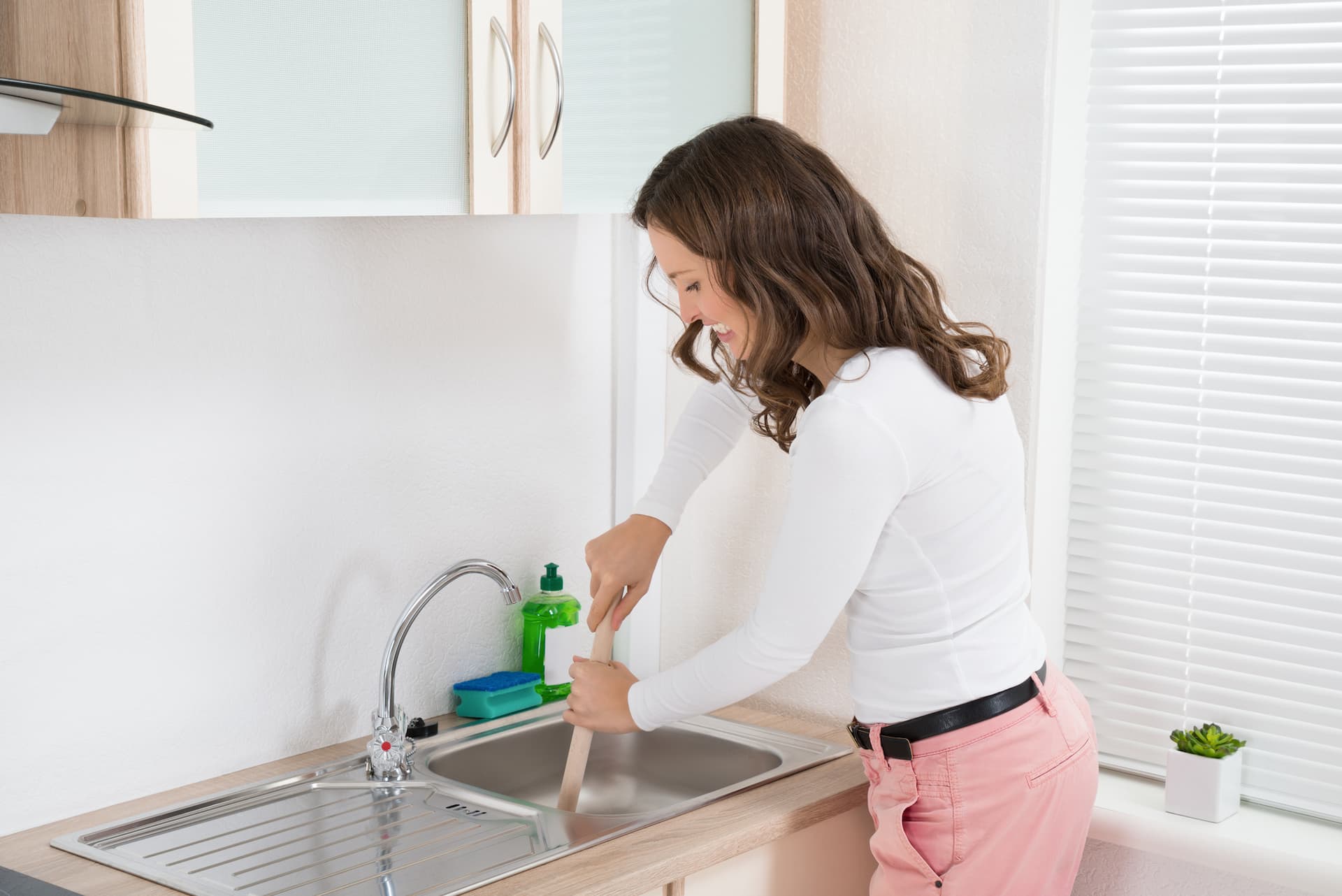If you've ever experienced a blocked kitchen sink, you know the frustration and inconvenience it can cause. Not only does it make it difficult to do dishes or prepare meals, but it can also lead to unpleasant odors and potential damage to your plumbing. But don't fret, there are plenty of ways to unclog your kitchen sink and get it back to working order. Here are 10 tips and tricks to help you unclog a kitchen sink and prevent future blockages.Unclog a Kitchen Sink: Tips and Tricks for a Blocked Sink
Before you start trying different methods to unclog your kitchen sink, it's important to know the proper steps to take. Here's a simple guide to help you get your sink back to normal: Step 1: Clear out any standing water from the sink using a cup or bucket. Step 2: Check the drain for any visible debris or objects that may be causing the blockage. Use a pair of tongs or a small brush to remove them. Step 3: If the blockage is deeper in the pipes, try using a plunger to create pressure and dislodge it. Step 4: If the plunger doesn't work, try using a drain snake to physically remove the blockage. Step 5: Once the blockage is removed, run hot water down the drain to flush out any remaining debris.How to Unclog a Kitchen Sink: Step-by-Step Guide
Understanding the possible causes of a blocked kitchen sink can help you prevent future occurrences. Here are some common reasons why your sink may be clogged: 1. Food scraps: One of the most common causes of a blocked kitchen sink is food scraps that are washed down the drain. To prevent this, always use a sink strainer to catch any food remains. 2. Grease and oil: Pouring grease or oil down the sink can lead to buildup and blockages in your pipes. Instead, dispose of these substances in a separate container. 3. Soap scum and hair: In bathroom sinks, soap scum and hair can easily accumulate and cause blockages. Use a drain cover to catch any hair and regularly clean your sink to prevent soap scum buildup.Kitchen Sink Clogged: Common Causes
If you prefer to use natural, DIY methods to unclog your sink, try using a combination of baking soda and vinegar. Here's how to do it: Step 1: Pour a pot of boiling water down the drain to soften any grease or buildup. Step 2: Add 1/2 cup of baking soda to the drain and let it sit for a few minutes. Step 3: Pour 1 cup of vinegar down the drain and cover the drain with a plug or cloth to trap the reaction. Step 4: After 10-15 minutes, remove the cover and pour another pot of boiling water down the drain to flush out the mixture.DIY Kitchen Sink Clog Remedy: Baking Soda and Vinegar
If natural remedies don't work, you can try using a chemical drain cleaner to unclog your kitchen sink. However, these products can be harmful to your pipes and should be used sparingly. Follow the instructions on the product carefully and always wear protective gear.Clearing a Blocked Kitchen Sink: Using Chemical Drain Cleaners
If none of the above methods work, it may be time to call in a professional plumber. They have the tools and expertise to unclog your kitchen sink without causing any damage. Additionally, if you have an older home or a recurring issue with blocked sinks, it's best to seek professional help to prevent further damage.Kitchen Sink Drain Clog: When to Call a Professional
The best way to prevent a blocked kitchen sink is to practice regular maintenance. Here are some simple steps you can take to keep your sink running smoothly: 1. Use a sink strainer: As mentioned earlier, using a sink strainer can prevent food scraps and other debris from going down the drain. 2. Dispose of grease and oil properly: Instead of pouring them down the sink, dispose of grease and oil in a separate container or in the trash. 3. Run hot water regularly: Running hot water down the drain on a regular basis can help prevent buildup and keep your pipes clear.Fixing a Clogged Kitchen Sink: Regular Maintenance
Every household should have a plunger on hand for clogged sinks and toilets. When using a plunger on a kitchen sink, make sure to cover the overflow drain with a cloth or tape to create a stronger seal. Pump the plunger up and down to create pressure and hopefully dislodge the blockage.Kitchen Sink Plunger: A Must-Have Tool
If the plunger doesn't work, you can try using a drain snake to physically remove the blockage. These tools can be found at most hardware stores and are designed to reach deeper into your pipes to clear out any debris or objects.Using a Drain Snake for a Clogged Kitchen Sink
To prevent future clogs, here are some additional tips to keep your kitchen sink running smoothly: 1. Don't pour cooking oil or grease down the sink. 2. Scrape food into the trash or compost bin before washing dishes. 3. Run hot water down the drain after each use. 4. Use a mixture of baking soda and vinegar once a month to prevent buildup.Kitchen Sink Clog Prevention: Tips to Keep Your Sink Clear
How to Avoid a Blocked Kitchen Sink in Your Home Design

The Importance of Proper Plumbing in House Design
 When designing a house, there are many important aspects to consider, from the layout and style to the functionality and practicality. One crucial element that often gets overlooked is the plumbing system, specifically in the kitchen. A blocked kitchen sink can cause major disruptions to everyday life and can be a costly and frustrating problem to deal with. Therefore, it is essential to prioritize proper plumbing in your house design to avoid any potential issues.
Kitchen Sink: The Heart of the Home
The kitchen sink is the heart of any home, where daily tasks such as washing dishes, preparing food, and cleaning take place. It is also the most used plumbing fixture in a home, making it susceptible to clogs and blockages. A blocked kitchen sink can disrupt the flow of daily activities and can even lead to unpleasant odors and unsanitary conditions. Therefore, it is crucial to take the necessary steps to prevent a blocked kitchen sink in your house design.
When designing a house, there are many important aspects to consider, from the layout and style to the functionality and practicality. One crucial element that often gets overlooked is the plumbing system, specifically in the kitchen. A blocked kitchen sink can cause major disruptions to everyday life and can be a costly and frustrating problem to deal with. Therefore, it is essential to prioritize proper plumbing in your house design to avoid any potential issues.
Kitchen Sink: The Heart of the Home
The kitchen sink is the heart of any home, where daily tasks such as washing dishes, preparing food, and cleaning take place. It is also the most used plumbing fixture in a home, making it susceptible to clogs and blockages. A blocked kitchen sink can disrupt the flow of daily activities and can even lead to unpleasant odors and unsanitary conditions. Therefore, it is crucial to take the necessary steps to prevent a blocked kitchen sink in your house design.
The Causes of a Blocked Kitchen Sink
 There are several reasons why a kitchen sink may become blocked. The most common cause is the improper disposal of food scraps and grease down the drain. Over time, these substances can build up and create blockages in the pipes, causing water to back up and not drain properly. Other causes can include foreign objects, such as utensils or small toys, getting stuck in the drain, or a damaged or old plumbing system that is prone to clogs.
Preventing a Blocked Kitchen Sink
The key to avoiding a blocked kitchen sink is proper maintenance and preventative measures. One of the most effective ways to prevent blockages is to install a garbage disposal unit under your sink. This will help break down food scraps and prevent them from clogging the pipes. Regularly cleaning your sink and using drain strainers to catch any food or debris can also help prevent blockages. Additionally, avoiding pouring grease down the drain and properly disposing of food scraps in the garbage can significantly reduce the risk of a blocked kitchen sink.
There are several reasons why a kitchen sink may become blocked. The most common cause is the improper disposal of food scraps and grease down the drain. Over time, these substances can build up and create blockages in the pipes, causing water to back up and not drain properly. Other causes can include foreign objects, such as utensils or small toys, getting stuck in the drain, or a damaged or old plumbing system that is prone to clogs.
Preventing a Blocked Kitchen Sink
The key to avoiding a blocked kitchen sink is proper maintenance and preventative measures. One of the most effective ways to prevent blockages is to install a garbage disposal unit under your sink. This will help break down food scraps and prevent them from clogging the pipes. Regularly cleaning your sink and using drain strainers to catch any food or debris can also help prevent blockages. Additionally, avoiding pouring grease down the drain and properly disposing of food scraps in the garbage can significantly reduce the risk of a blocked kitchen sink.
The Importance of Professional Plumbing Services
 While taking preventative measures can help avoid a blocked kitchen sink, it is also essential to seek professional plumbing services during the house design process. A qualified plumber can ensure that your plumbing system is properly installed and can identify any potential issues that may lead to a blocked kitchen sink in the future. They can also provide maintenance tips and advice on how to keep your plumbing system in top condition.
Conclusion
A blocked kitchen sink can be a major inconvenience and can disrupt the functionality and flow of your home. By prioritizing proper plumbing in your house design and taking preventative measures, you can avoid this common issue and keep your kitchen sink running smoothly. Remember to seek the help of a professional plumber for any plumbing needs and always practice proper maintenance to keep your kitchen sink in top shape.
While taking preventative measures can help avoid a blocked kitchen sink, it is also essential to seek professional plumbing services during the house design process. A qualified plumber can ensure that your plumbing system is properly installed and can identify any potential issues that may lead to a blocked kitchen sink in the future. They can also provide maintenance tips and advice on how to keep your plumbing system in top condition.
Conclusion
A blocked kitchen sink can be a major inconvenience and can disrupt the functionality and flow of your home. By prioritizing proper plumbing in your house design and taking preventative measures, you can avoid this common issue and keep your kitchen sink running smoothly. Remember to seek the help of a professional plumber for any plumbing needs and always practice proper maintenance to keep your kitchen sink in top shape.
/plumber-unclogging-kitchen-sink-169270382-5797a9355f9b58461f27f024.jpg)






:max_bytes(150000):strip_icc()/how-to-unclog-a-kitchen-sink-2718799_sketch_FINAL-8c5caa805a69493ab22dfb537c72a1b7.png)



/how-to-unclog-a-kitchen-sink-2718799_sketch_FINAL-8c5caa805a69493ab22dfb537c72a1b7.png)




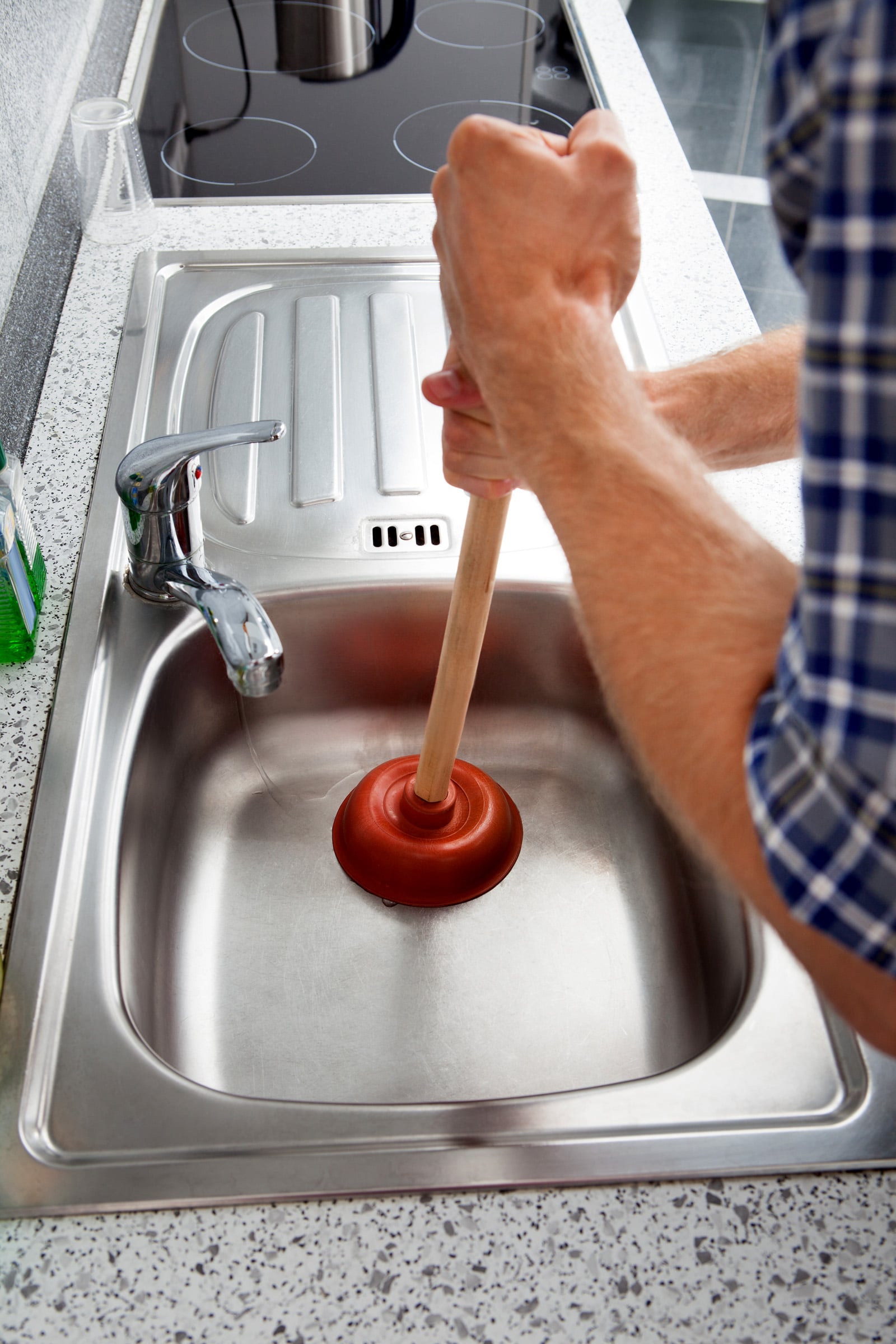







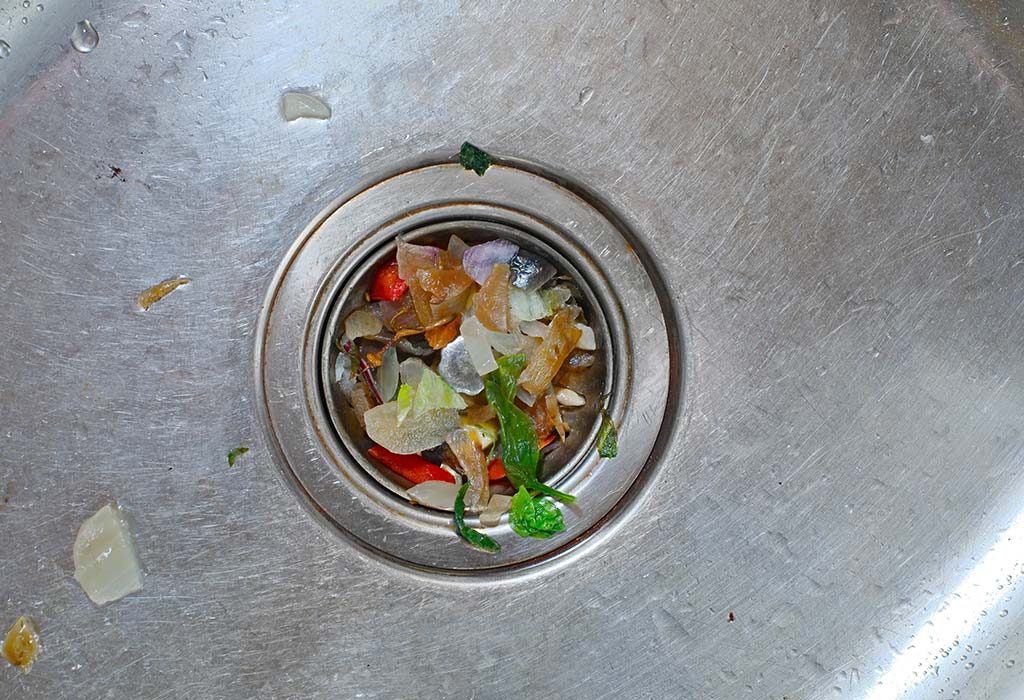

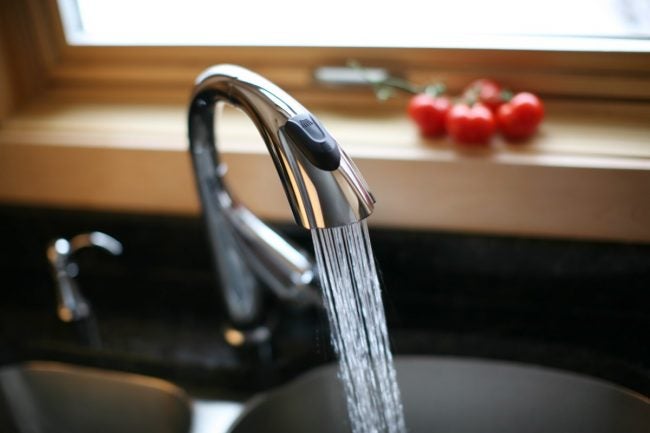
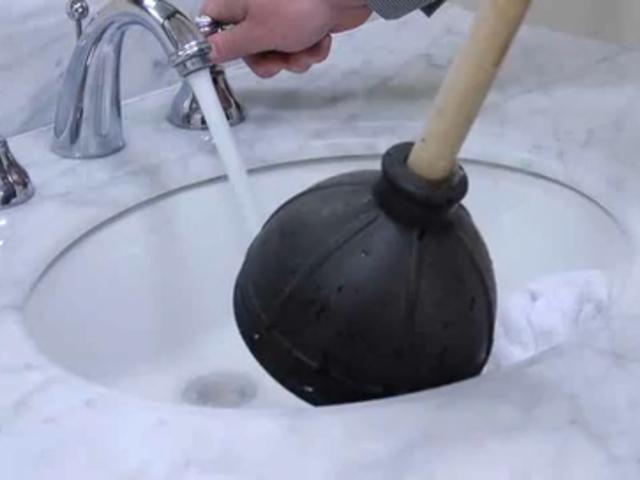













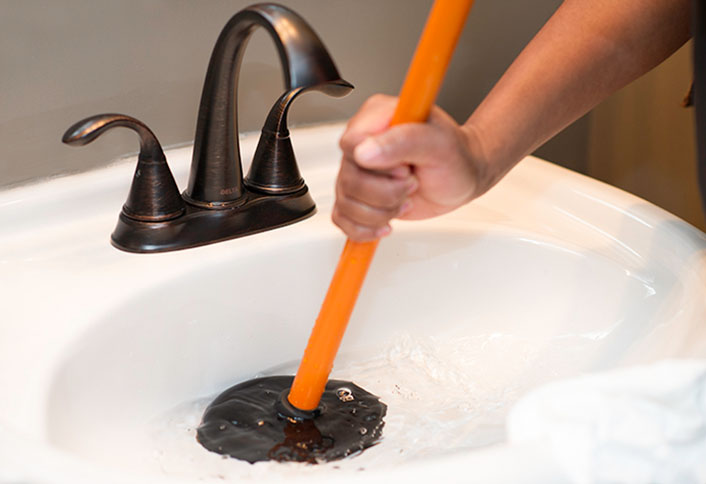



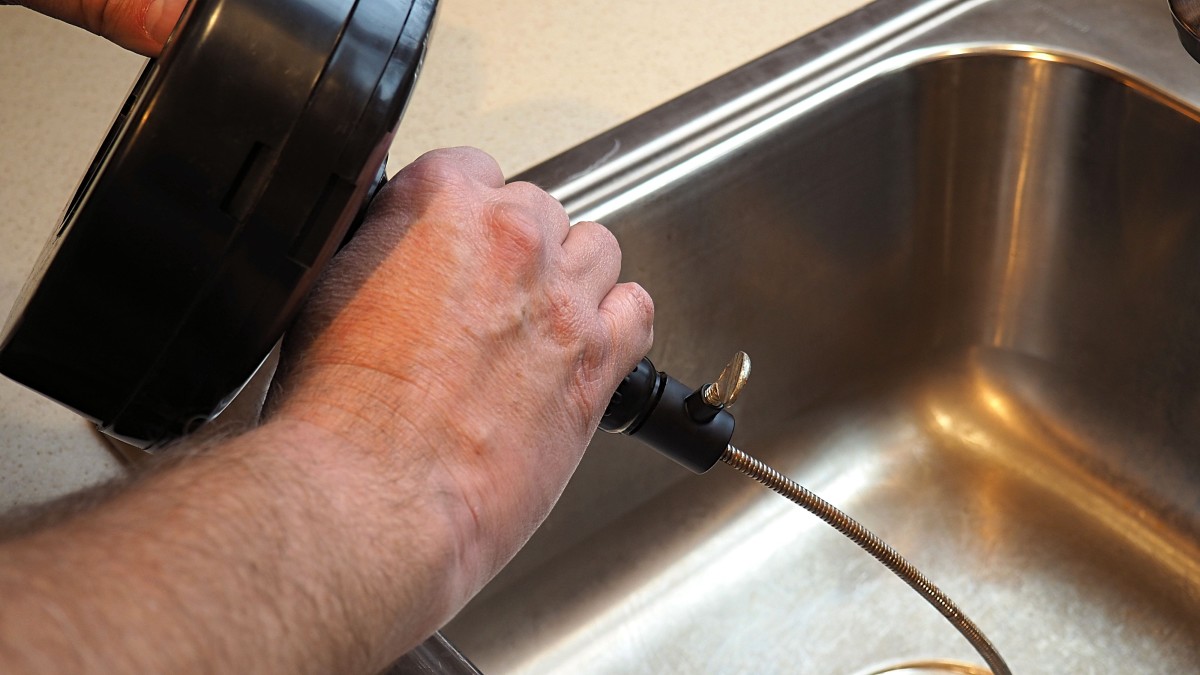


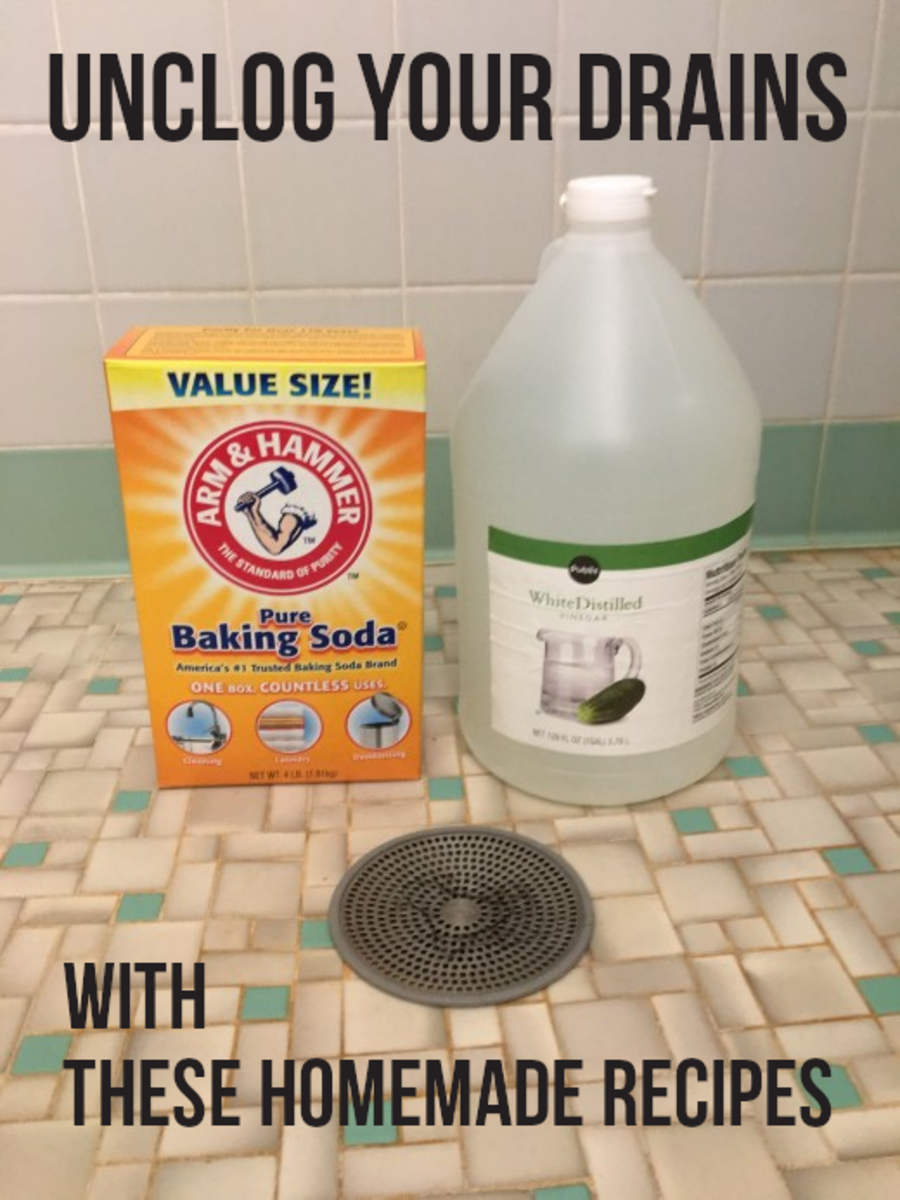




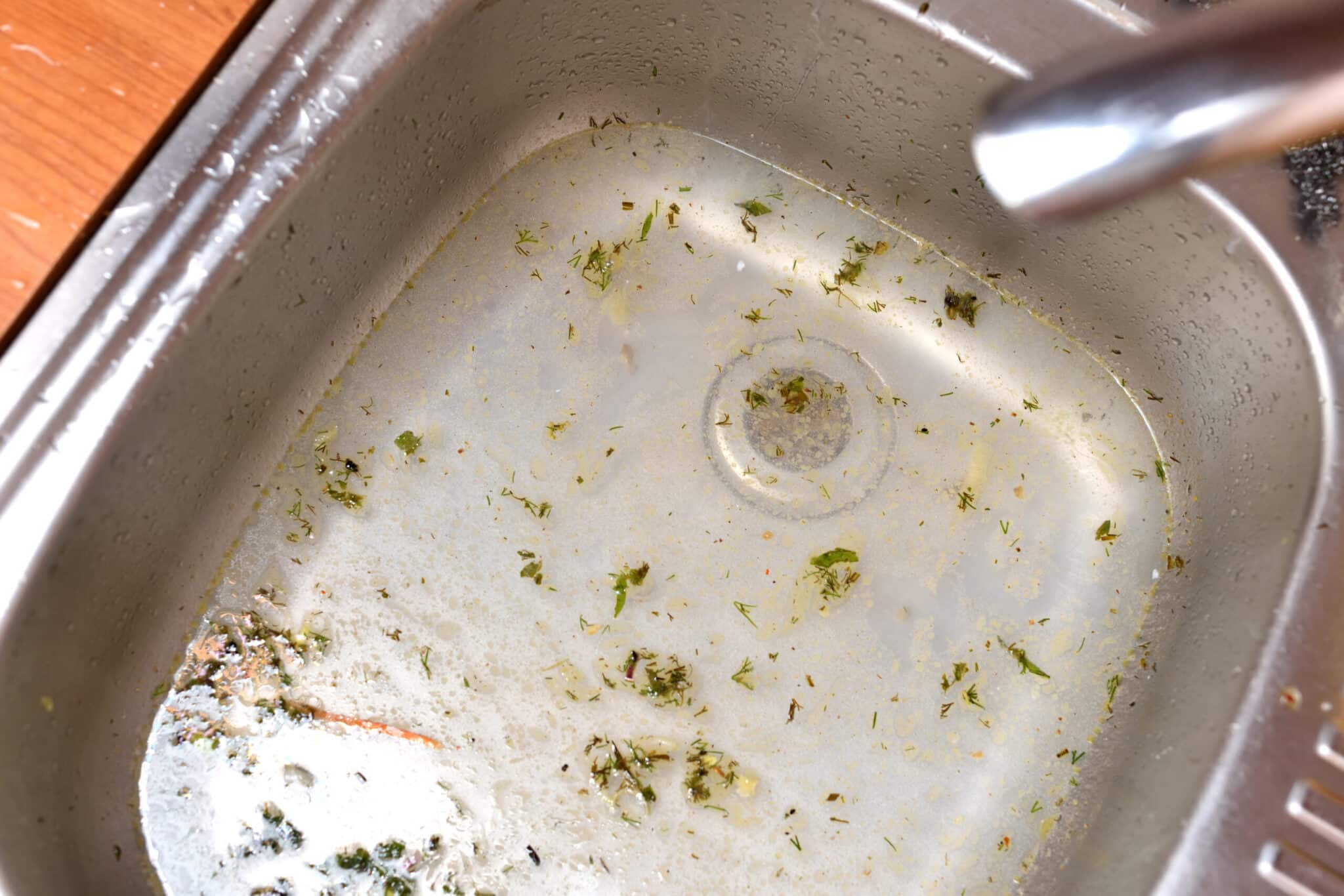
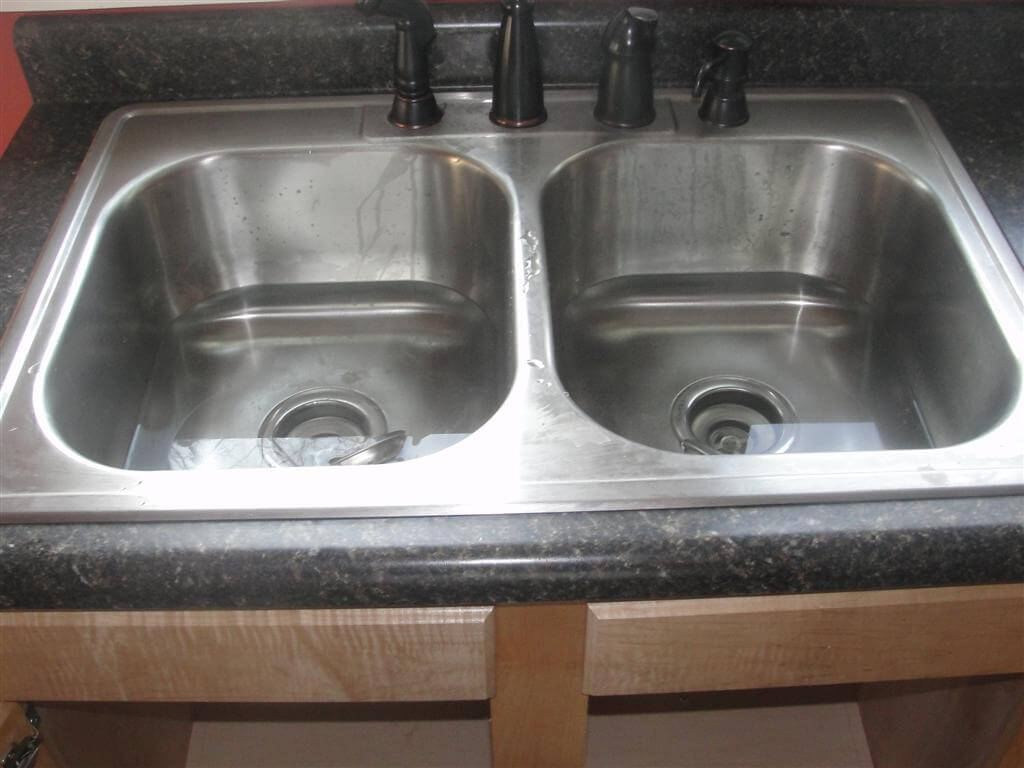

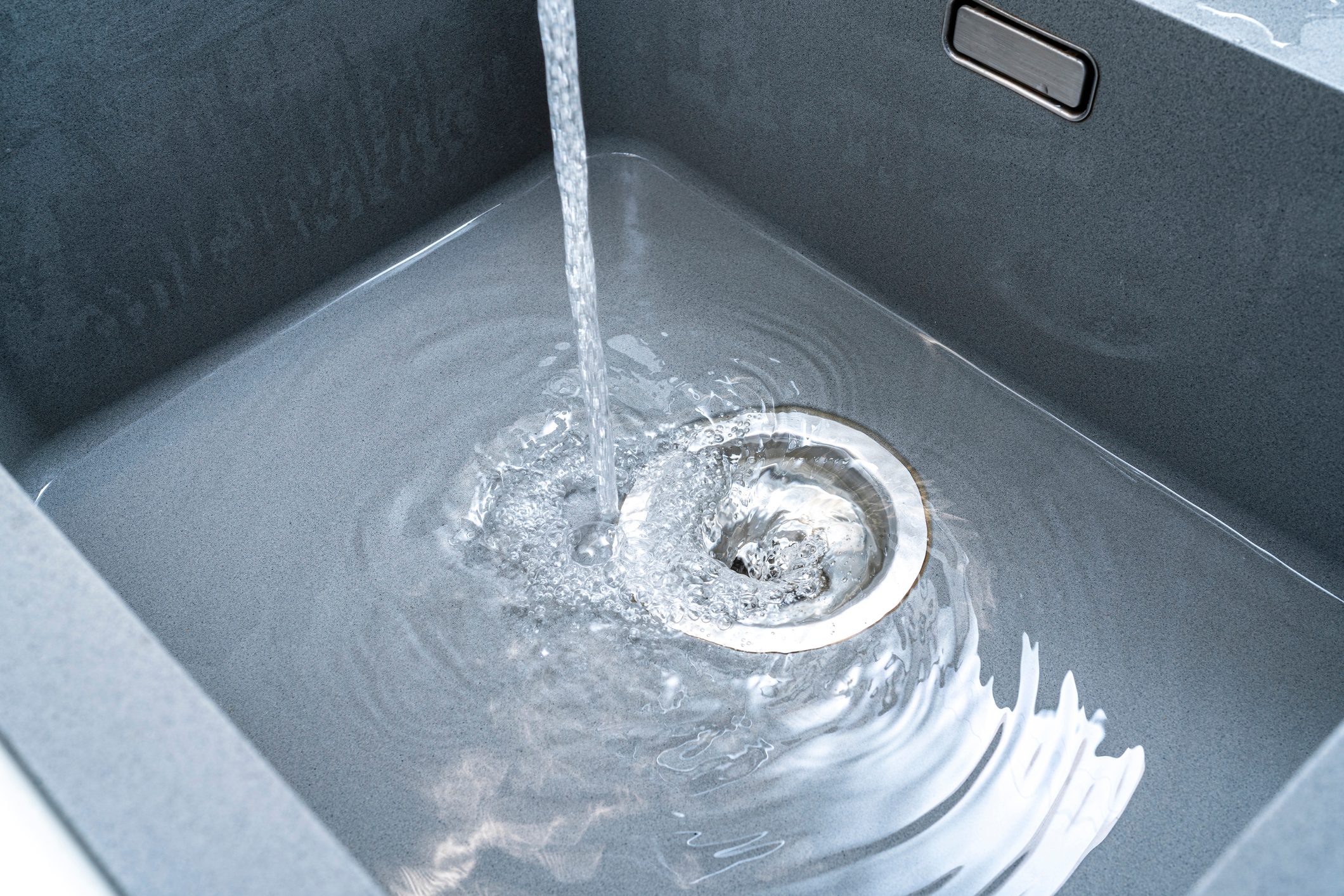

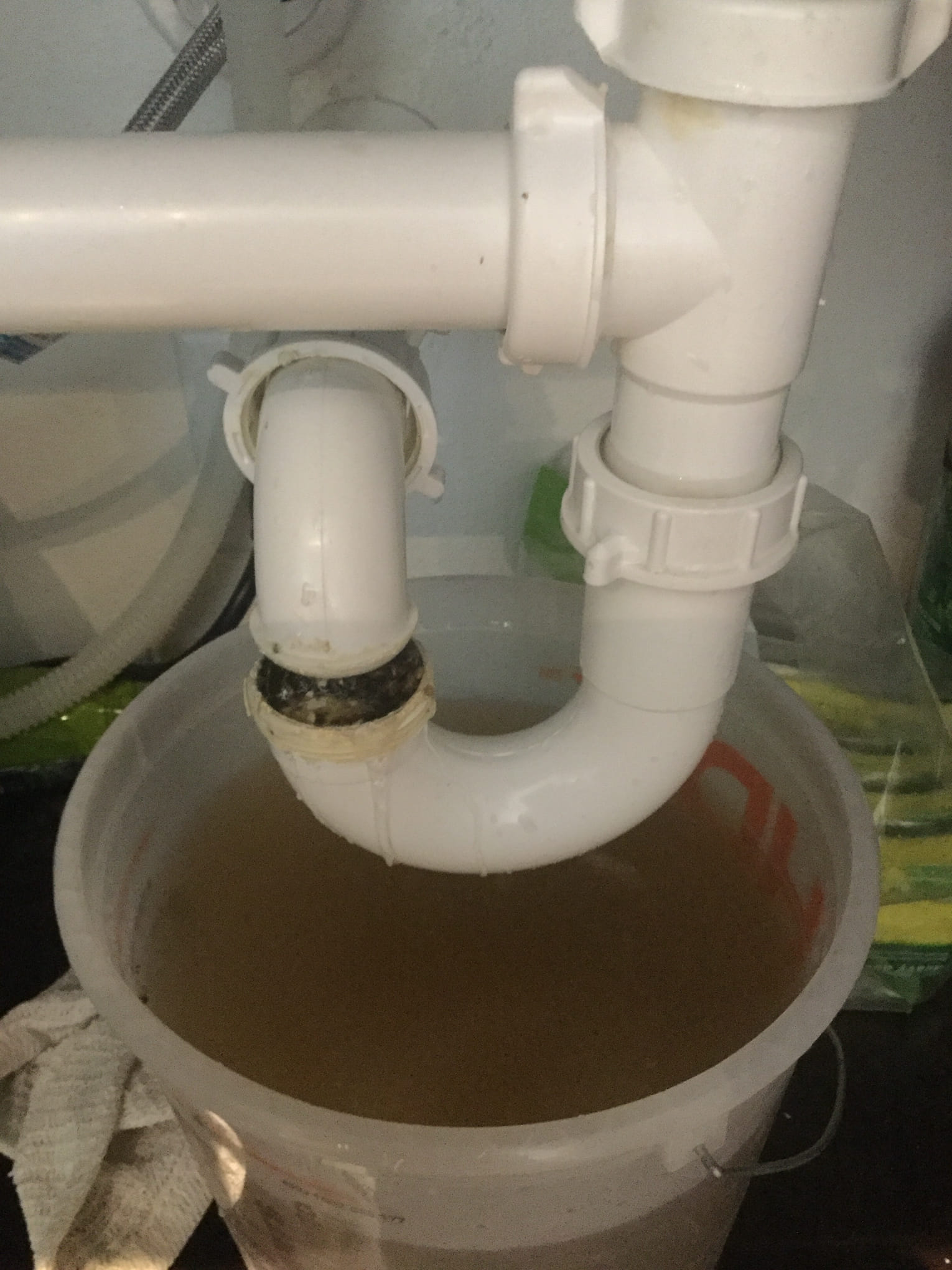






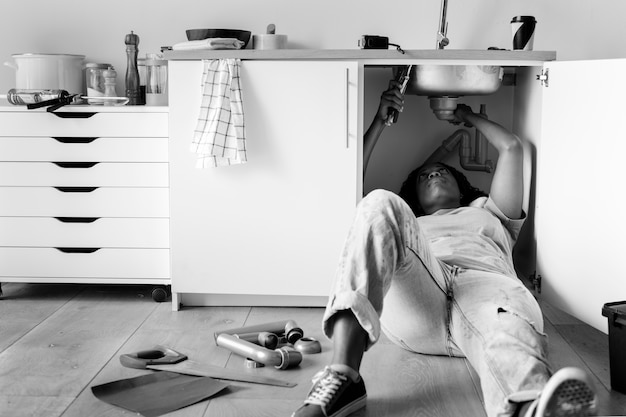

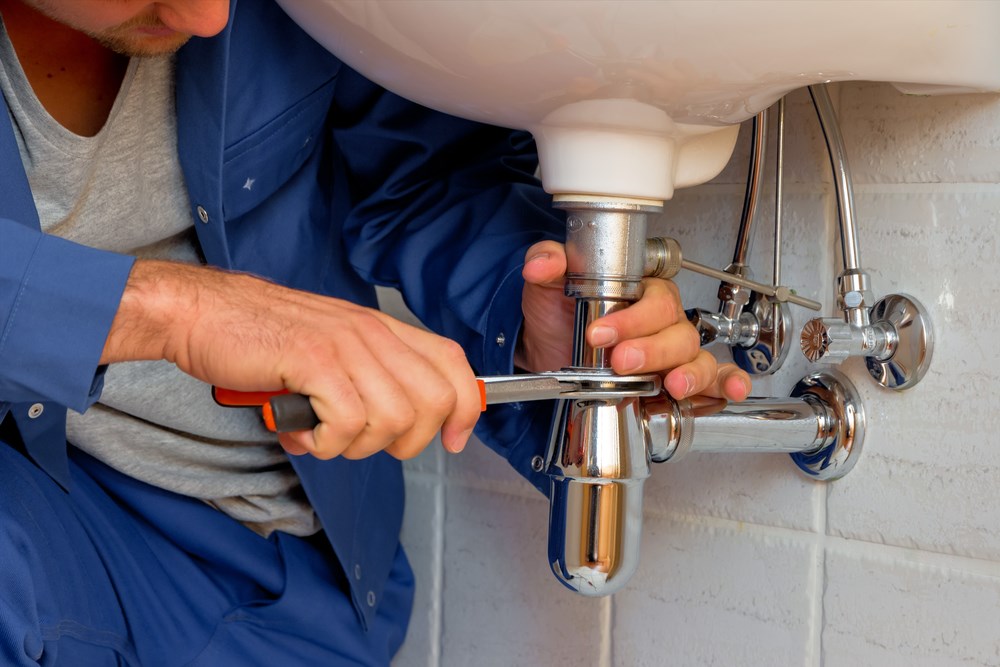



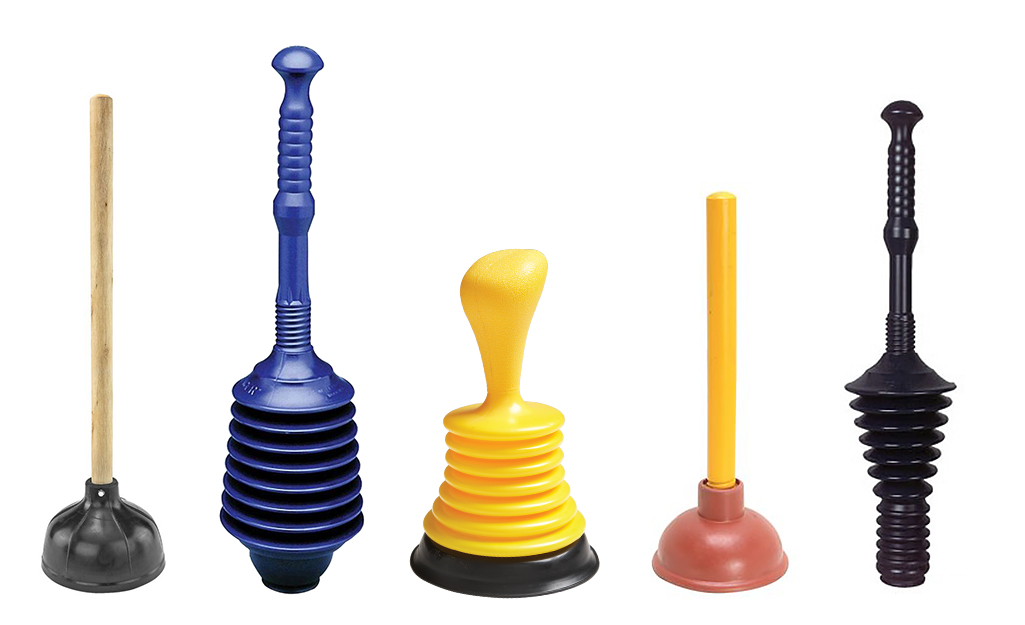
/woman-wearing-yellow-washing-up-gloves-to-unblock-sink-using-plunger-close-up-131987463-5887cfc03df78c2ccd92ec9e.jpg)





